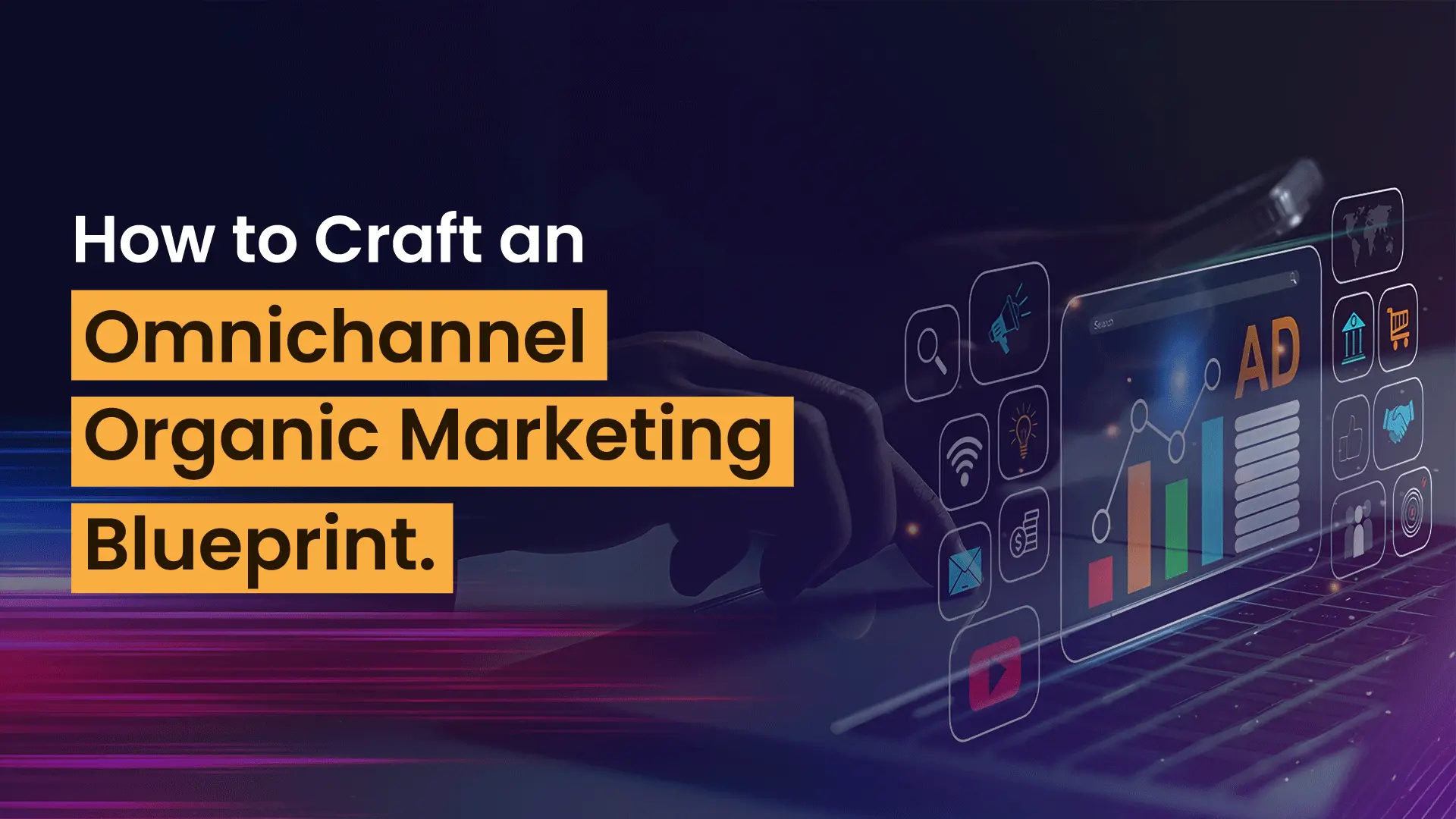An effective omnichannel organic marketing blueprint ensures consistent, value-driven engagement across multiple platforms—without relying on paid amplification. By aligning your goals, understanding your audience’s journey, and integrating a streamlined content engine with the right technology, Togwe can significantly enhance brand visibility, drive qualified leads, and accelerate revenue growth.
In today’s fragmented digital environment, B2B decision-makers interact with brands through diverse touchpoints: search engines, social media, email, video channels, and interactive tools. A cohesive omnichannel organic strategy delivers a unified brand experience that guides prospects from awareness to conversion. For Togwe—specializing in B2B SaaS and fantasy-sports app development—this approach is essential to engage technical buyers, showcase product capabilities, and establish thought leadership.
1. Define Clear, Measurable Objectives
Start by translating broad ambitions into specific, time-bound goals. Examples include:
- Increase qualified demo requests by 25% through organic LinkedIn outreach and blog traffic in Q3.
- Achieve 50% growth in YouTube Shorts views while directing viewers to our SDK documentation.
- Capture and nurture 1,000 quiz participants from fantasy-sports founders by the end of the year.
- Well-defined objectives inform content priorities, resource allocation, and success metrics.
2. Map the Buyer’s Journey Across Channels
Identify how your Ideal Customer Profile (ICP) researches and evaluates solutions:
| Funnel Stage | Buyer Behavior | Recommended Content Formats |
| Awareness | Searches “monetize fantasy sports app” on Google | SEO-optimized blog posts, short-form videos |
| Consideration | Engages with industry communities and LinkedIn | Whitepapers, webinars, LinkedIn carousels |
| Decision | Requests demos, reviews case studies | ROI calculators, detailed case studies, product assessments |
Ensure each channel delivers relevant content that advances prospects to the next stage.
3. Establish an Integrated Content Engine
Design a repeatable workflow to produce, distribute, and repurpose content:
| Channel | Cadence | Content Examples | Primary Outcome |
| Blog | 1–2 posts/week | In-depth how-to guides, product insights | Organic search traffic, SEO authority |
| 3–5 posts/week | Thought-leadership articles, customer stories | Engagement, lead generation | |
| YouTube & Shorts | 1–2 videos/week | Technical tutorials, product overviews | Brand discovery, subscriber growth |
| Email Newsletter | Biweekly | Feature announcements, industry analysis | Nurturing, reactivation |
| Interactive Tools | Monthly | Quizzes, ROI calculators, assessments | Lead qualification, segmentation |
Efficient Repurposing: Transform one long-form article into multiple LinkedIn posts, a series of short videos, and sections of your newsletter to maximize reach while minimizing effort.
4. Leverage Technology to Orchestrate and Measure
Implement a marketing technology stack that enables tracking and automation:
- CRM & Marketing Automation: HubSpot or ActiveCampaign for lead scoring and journey orchestration.
- Analytics: Google Analytics, Search Console, and platform-specific insights to monitor performance.
- Content Planning: Airtable or Notion for editorial calendars and asset management.
- Interactive Tools: Typeform or Outgrow to create quizzes and calculators that feed data into your CRM.
Use UTM parameters and event tracking to attribute conversions accurately across touchpoints.
5. Measure Success with Actionable Metrics
Focus on metrics that correlate with business outcomes:
- Organic Traffic and Search Rankings for key terms.
- Engagement Rates (likes, comments, shares) on social platforms.
- Lead Magnet Conversion Rates for ebooks, quizzes, and assessments.
- Email Open and Click-Through Rates.
- Demo/Trial Sign-Ups originating from organic channels.
Regularly review performance data, conduct A/B tests on headlines and formats, and refine your approach based on empirical insights.
Conclusion and Next Steps
An omnichannel organic marketing blueprint unifies your brand narrative, maximizes touchpoint efficiency, and drives sustainable growth. By setting clear objectives, mapping the buyer’s journey, building a scalable content engine, and leveraging technology for orchestration and measurement, Togwe can engage technical decision-makers and accelerate conversion without reliance on paid channels.
Ready to architect your omnichannel strategy? Contact Togwe’s marketing experts to develop a customized blueprint that aligns with your business goals and delivers measurable results.
FAQ’s
How long does it take to see results from an omni-channel organic strategy?
Organic strategies typically yield measurable improvements in 3–6 months, depending on content volume, audience size, and competitive landscape.
Which channel should a B2B SaaS company prioritize first?
Begin with your highest-value touchpoint—often a company blog or LinkedIn—where you can control messaging and build SEO authority before expanding to video and interactive formats.
How can small teams manage multiple channels effectively?
Leverage content repurposing and automation tools. One core piece of content can fuel five or more formats, reducing the overall production burden.
What level of personalization is appropriate for organic content?
Use dynamic content blocks in emails and personalized CTAs based on visitor behavior. For interactive tools, tailor results and follow-up messaging to each user’s inputs.

